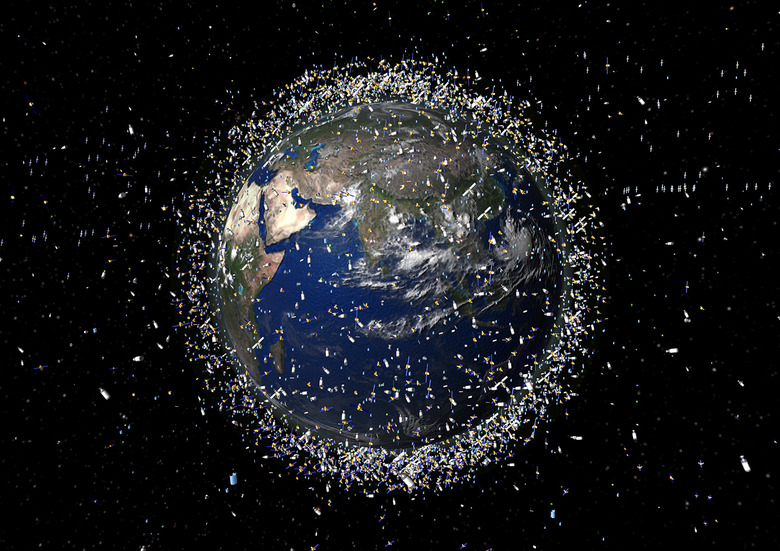Canadian Farmer Found A Piece Of A SpaceX Rocket In His Field
Barry Sawchuk, a farmer in a rural town in Saskatchewan, was surprised to find a piece of space debris in one of his fields. Sawchuk says that he thought it was just garbage at first, but after spotting multiple layers of composite fibers and webbing, he began to suspect it might be fallen space debris.
Sawchuk told CBC that he and his son were out checking the fields when they came across the object. A group of astronomy professors heard about the discovery and agreed that it was likely space debris, even going so far as to try to figure out where it originated from.
Based on the date and the location of the debris impact, the astronomers suspect it was likely from a SpaceX rocket that flew back in February. This isn't the first time that we've seen fallen space debris grabbing news headlines, either. Back in March, a piece of space trash from the ISS crashed through a Florida man's roof, re-sparking old concerns about how we deal with space trash as a whole.
Each year, as companies like SpaceX launch more and more spacecraft into low-earth orbit, the area around our planet is becoming more and more crowded. Incidents like this most recent one in Saskatchewan only help to highlight how poorly of a job we're doing bringing space debris back down to Earth.
Long-standing concerns over how crowded Earth's orbit is becoming, as well as how we deal with decommissioned satellites and other space debris, have sparked a number of programs to try to clean up low-earth orbit. Of course, before we can truly clean up space junk, we have to figure out a way to stop putting more junk into space.
That's why some nations are looking into building things like wooden satellites, which would burn up completely on re-entry, removing the chance of fallen space debris crashing into anyone's homes, fields, or any other part of the world where people might be in danger.
